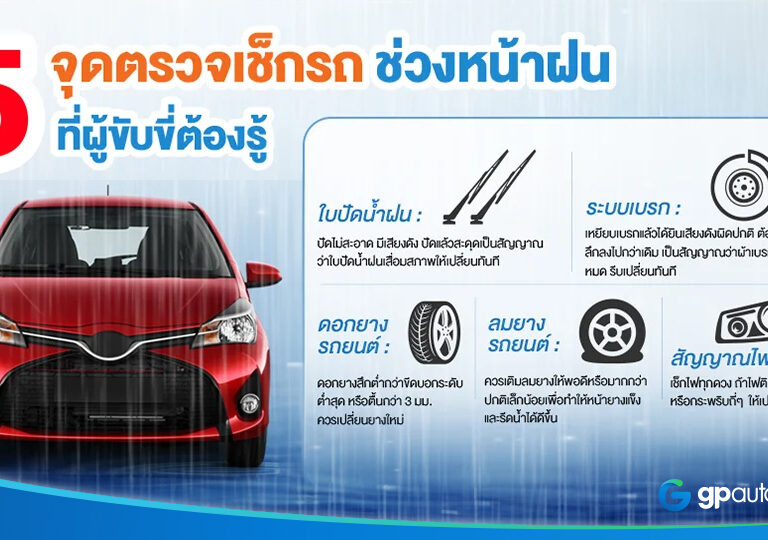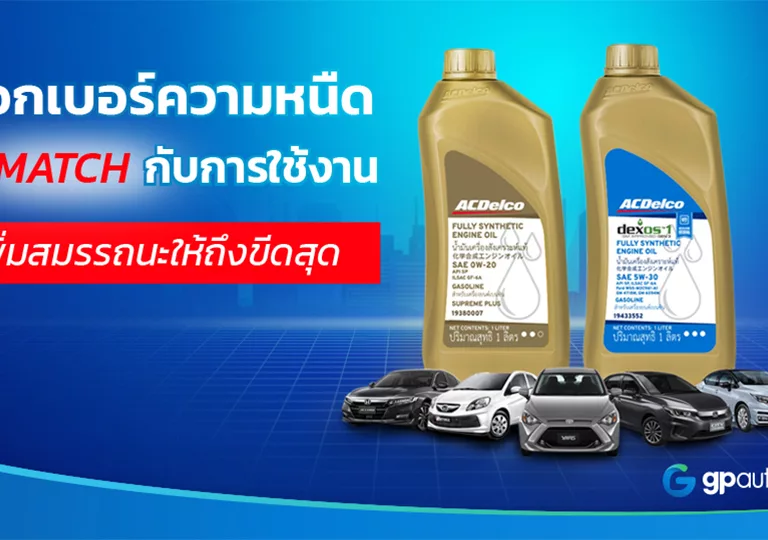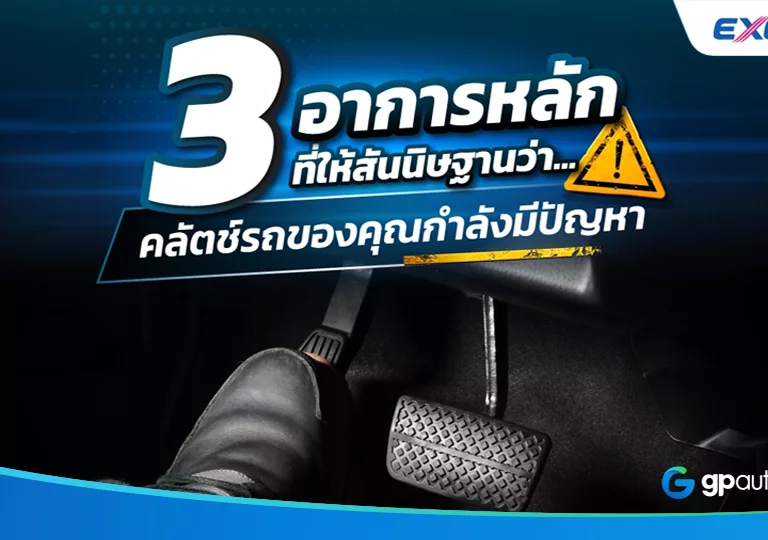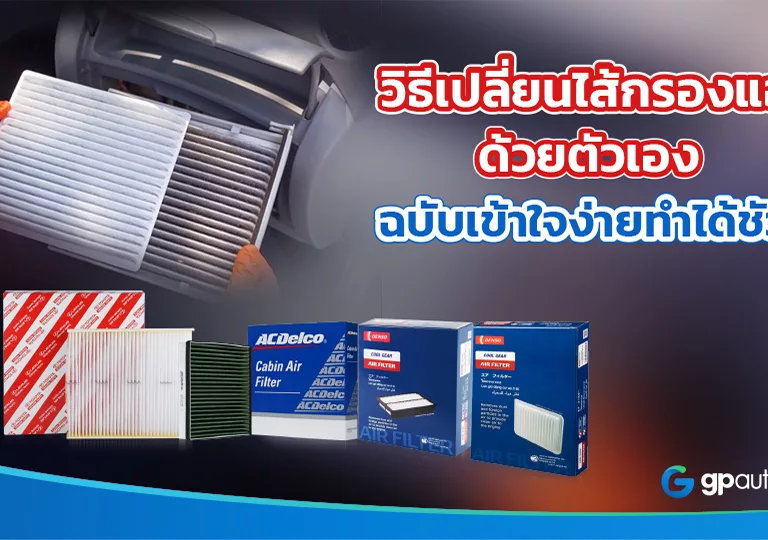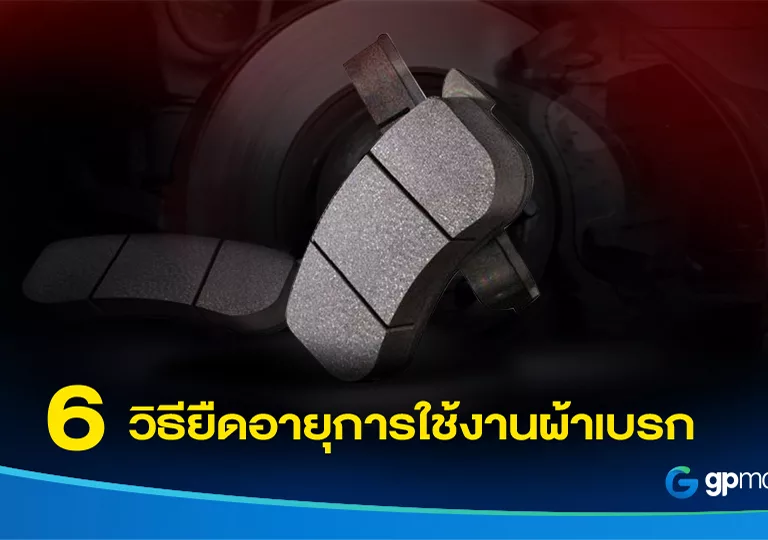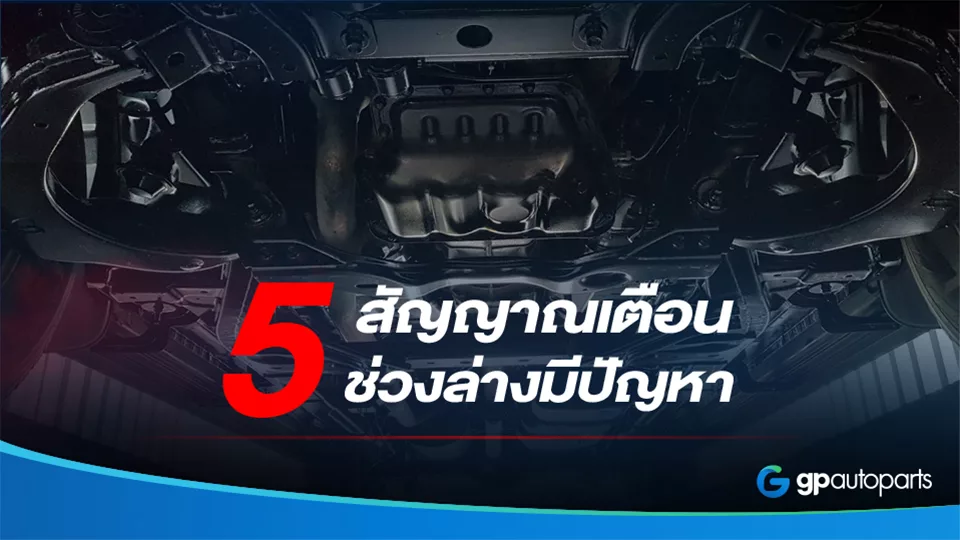
5 Warning Signs of Automotive Suspension Problems
Car suspension problems A car consists of many interconnected components, each with its own importance and function. The suspension system of a car, in particular, plays a crucial role in controlling the vehicle’s behavior. Regularly observing and maintaining the car’s suspension system is essential. Suspension issues can manifest in various ways, and the condition of the suspension system tends to degrade over time, especially for vehicles frequently exposed to water and mud. Drivers may notice abnormal responses from the suspension system, and addressing them promptly not only ensures safety but also reduces repair costs. So, what are the signs indicating potential suspension problems? Here are a few examples: Bouncing: If your car bounces up and down excessively while driving, it could be a sign of issues with the springs or shock absorbers. It’s advisable to have a mechanic inspect your vehicle to ensure safety. Unusual Vibrations: If your car vibrates unusually while driving or when turning, it might be due to an unbalanced wheel. Wheel balancing ensures that the weight of the wheels is evenly distributed, preventing vibrations. Noisy Ride: Unusual noises, such as clunking or squeaking, coming from your vehicle while driving or when turning could indicate problems with the suspension components. These noises may suggest worn-out bushings, ball joints, or other suspension parts. Wandering Steering: If your steering wheel feels loose, and your car doesn’t maintain a straight line while driving, it could be due to alignment issues or problems with suspension components. Brake Pedal Pulsation: When you apply the brakes and the brake pedal pulsates or the steering wheel shakes, it may be related to problems in the suspension or brake system. Getting it checked promptly is essential to maintain braking performance. Ignoring these signs could lead to dangerous situations on the road, so it’s crucial to address any unusual behavior in your vehicle’s suspension system promptly. Regular maintenance and inspections by a qualified mechanic can help ensure your car’s suspension remains in optimal condition, promoting both safety and cost savings. CTR Central Corporation is a company that manufactures automotive parts for the chassis system, including suspension, steering, and drivetrain components. It was founded in 1952 in Pusan, South Korea, and has over 70 years of experience. As an OEM brand, CTR supplies parts to over 25% of the leading automotive brands worldwide, making it a leader in the automotive parts industry. We have taken the OEM technology and applied it to develop our Aftermarket products. Currently, we support more than 300 Aftermarket customers in over 100 countries worldwide. Our products cover Japanese, Korean, and European car brands. CTR Chassis System Products: Ball Joints Tie Rod Ends Control Arms Rack Ends CTR ensures the quality of its products with stringent quality control measures. We use high-quality materials and modern manufacturing processes, including high-strength ball joints and polymer-coated ball joint boots that reduce wear and improve performance. We also have durable rubber boots that withstand temperature changes, water, and dust. These qualities have made us the top brand with the highest market share in 10 countries worldwide. ___________________________________ Place an order/Become a distributor. GP MOBILITY PUBLIC COMPANY LIMITED Line id: @gpautoparts or Link Contact: https://www.gpmobility.co.th/contact-us/ Follow me: https://linktr.ee/gpmobility Service Monday to Saturday from 08:30 AM to 05:30 PM. 02-941-1222 (Auto),02-579-2882


